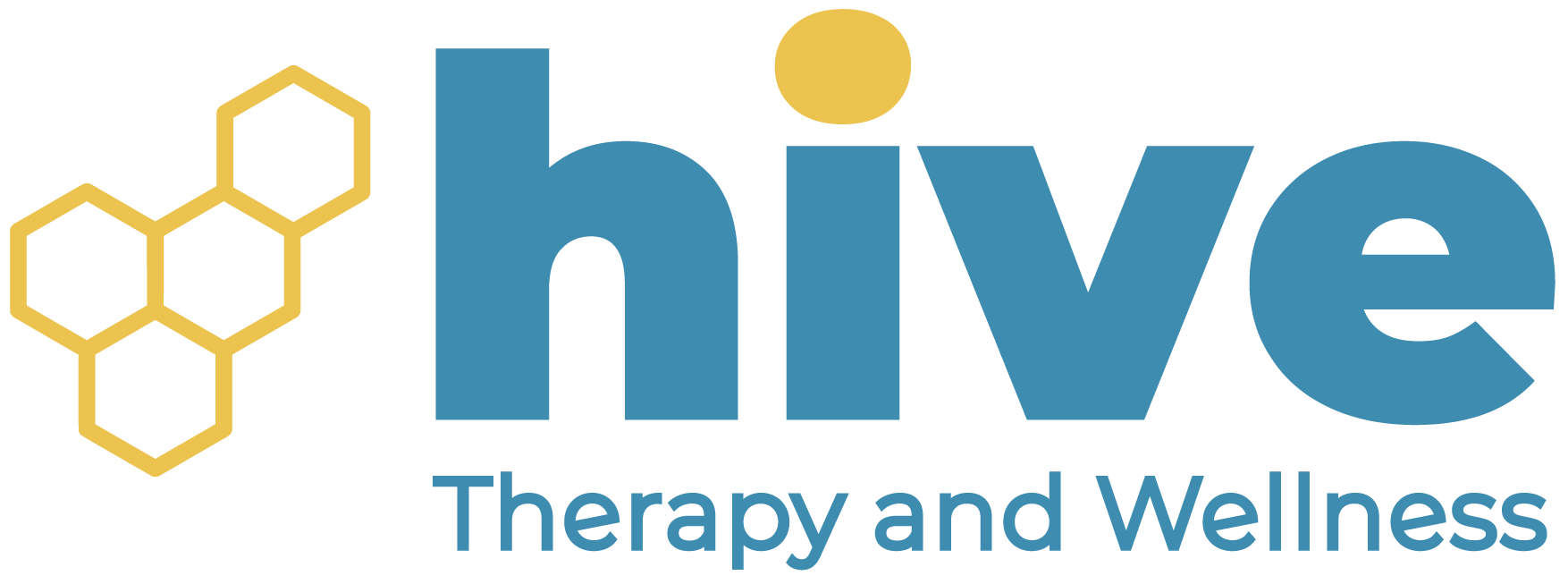Gait Training
Treatment focused on improving confidence, motor planning, and coordination for walking.
What Is Gait Training?
The primary aim of gait training is to improve an individual’s ability to stand and walk both safely and efficiently. It may address factors such as walking speed, cadence, stride length, and even abnormal compensatory movement patterns that have developed over time. Optimal walking functionality requires the following aspects:
- Strength and flexibility in the hips, knees, and ankles
- Core control
- Nerve function and sensation for the bottom of the feet
- Awareness regarding the joints in space
- Timing and coordination
- Proper vision and ability to turn one’s head in space

Walking is a dynamic activity; therefore, all of the above aspects must be considered as they all work together simultaneously to help the person succeed and function during ambulation (walking without assistance). Each person’s treatment experience will differ because gait training depends on the patient’s needs, health history, and goals. Some people’s ambulation goals may include a brisk hike over uneven terrain that lasts 60 minutes. In comparison, another individual may only need to walk 5-10 feet from a wheelchair to a car, or from the bed to the bathroom.
Due to the spectrum of ambulatory needs, a wide range of objectives are included in a gait training treatment. Each session may consist of one or all of the following:
- Improving mobility
- Increasing walking speed, optimizing stride length, and improving overall smoothness and efficiency of walking.
- Restoring normal gait patterns
- Retraining the muscles and nervous system to restore normal walking patterns.
- Increasing strength and endurance
- Improving not only muscular strength but also muscle endurance, so that the patient can tolerate longer periods of walking without increased fatigue and/or pain.
- Improving balance and coordination
- Enhancing proprioception (subconscious awareness of your body in space), balance, and coordination.
- Enhancing safety and reducing fall risk
- Evaluate the patient’s home environment to determine possible safety hazards that increase their fall risk. Recommendations to improve safety can range from removing rugs to adding more lighting in the home for nighttime.
- Increasing confidence, independence, and social participation
- Improving independence and confidence in walking allows for a better quality of life through increased participation in social events or hobbies, and enhancing overall autonomy.
- Aiding recovery from injury or surgery
- Proper gait mechanics, with or without assistive devices, should be promoted to improve healing, minimize swelling, and ensure a return to optimal function.
- Implementation of assistive devices
- Assessment and instruction on which assistive device is needed—such as a single-point cane, front-wheeled walker, or four-wheeled walker—and how to properly implement the chosen assistive device.
Who Can Benefit From Gait Training?
This treatment is commonly utilized for people who are in the following groups:
- Orthopedic lower extremity surgery such as hip/knee replacement or ACL repair
- Sports injuries such as sprained ankles or broken bones
- Individuals who were recently hospitalized and are suffering from debility
- People with a history of falls due to peripheral neuropathy, vertigo, or dizziness
- Sudden onset of pain due to back injury
There are many reasons someone may struggle to walk “normally.” Always remember that help is accessible through physical therapy. Many tools and resources are available through gait training treatment in order to help patients get back to moving well and safely.
What to Expect From Gait Training
The physical therapist will first evaluate the patient’s current condition and abilities, while identifying their short-term and long-term goals. Based on the assessment, the therapist will immediately jump into treatment, which will be completed in session and as part of the patient’s at-home exercise prescription.
To achieve the best possible results, gait training may involve the following:
- Walking practice
- This can involve obstacle navigation, stepping over objects, changing directions and speed, or walking up or down stairs.
- Balance training
- This training could include turning one’s head, bouncing a ball, switching objects from one hand to another, and stepping over objects while walking with or without support.
- Endurance activities
- This involves improving the distance and total duration a patient can handle while walking.
- Neuromuscular re-education
- Optimization of form; including foot placement, stride length, and body alignment while walking.
- Manual therapy
- Manual therapy with gait training aims to improve joint mobility and tissue extensibility, relieve pain, and better allow for muscle activation while walking.
- Exercise prescription
- Focuses on improving muscle weakness, balance deficits, and coordination issues. It may also include how to rely less on walking support tools or, in other cases, how to use support tools properly.
- Environmental enhancements
- The provider will review possible changes for the patient’s home environment that could improve their overall living experience while prioritizing safety and efficiency.
The primary aim of gait training is to improve an individual’s ability to stand and walk both safely and efficiently. It may address factors such as walking speed, cadence, stride length, and even abnormal compensatory movement patterns that have developed over time. Optimal walking functionality requires the following aspects:
- Strength and flexibility in the hips, knees, and ankles
- Core control
- Nerve function and sensation for the bottom of the feet
- Awareness regarding the joints in space
- Timing and coordination
- Proper vision and ability to turn one’s head in space
Walking is a dynamic activity; therefore, all of the above aspects must be considered as they all work together simultaneously to help the person succeed and function during ambulation (walking without assistance).
Each person’s treatment experience will differ because gait training depends on the patient’s needs, health history, and goals. Some people’s ambulation goals may include a brisk hike over uneven terrain that lasts 60 minutes. In comparison, another individual may only need to walk 5-10 feet from a wheelchair to a car, or from the bed to the bathroom.
Due to the spectrum of ambulatory needs, a wide range of objectives are included in a gait training treatment. Each session may consist of one or all of the following:
- Improving mobility
- Increasing walking speed, optimizing stride length, and improving overall smoothness and efficiency of walking.
- Restoring normal gait patterns
- Retraining the muscles and nervous system to restore normal walking patterns.
- Increasing strength and endurance
- Improving not only muscular strength but also muscle endurance, so that the patient can tolerate longer periods of walking without increased fatigue and/or pain.
- Improving balance and coordination
- Enhancing proprioception (subconscious awareness of your body in space), balance, and coordination.
- Enhancing safety and reducing fall risk
- Evaluate the patient’s home environment to determine possible safety hazards that increase their fall risk. Recommendations to improve safety can range from removing rugs to adding more lighting in the home for nighttime.
- Increasing confidence, independence, and social participation
- Improving independence and confidence in walking allows for a better quality of life through increased participation in social events or hobbies, and enhancing overall autonomy.
- Aiding recovery from injury or surgery
- Proper gait mechanics, with or without assistive devices, should be promoted to improve healing, minimize swelling, and ensure a return to optimal function.
- Implementation of assistive devices
- Assessment and instruction on which assistive device is needed—such as a single-point cane, front-wheeled walker, or four-wheeled walker—and how to properly implement the chosen assistive device.
This treatment is commonly utilized for people who are in the following groups:
- Orthopedic lower extremity surgery such as hip/knee replacement or ACL repair
- Sports injuries such as sprained ankles or broken bones
- Individuals who were recently hospitalized and are suffering from debility
- People with a history of falls due to peripheral neuropathy, vertigo, or dizziness
- Sudden onset of pain due to back injury
There are many reasons someone may struggle to walk “normally.” Always remember that help is accessible through physical therapy. Many tools and resources are available through gait training treatment in order to help patients get back to moving well and safely.
The physical therapist will first evaluate the patient’s current condition and abilities, while identifying their short-term and long-term goals. Based on the assessment, the therapist will immediately jump into treatment, which will be completed in session and as part of the patient’s at-home exercise prescription.
To achieve the best possible results, gait training may involve the following:
- Walking practice
- This can involve obstacle navigation, stepping over objects, changing directions and speed, or walking up or down stairs.
- Balance training
- This training could include turning one’s head, bouncing a ball, switching objects from one hand to another, and stepping over objects while walking with or without support.
- Endurance activities
- This involves improving the distance and total duration a patient can handle while walking.
- Neuromuscular re-education
- Optimization of form; including foot placement, stride length, and body alignment while walking.
- Manual therapy
- Manual therapy with gait training aims to improve joint mobility and tissue extensibility, relieve pain, and better allow for muscle activation while walking.
- Exercise prescription
- Focuses on improving muscle weakness, balance deficits, and coordination issues. It may also include how to rely less on walking support tools or, in other cases, how to use support tools properly.
- Environmental enhancements
- The provider will review possible changes for the patient’s home environment that could improve their overall living experience while prioritizing safety and efficiency.


